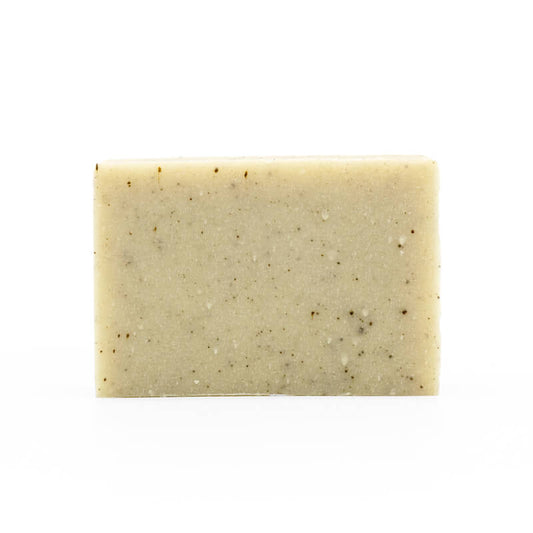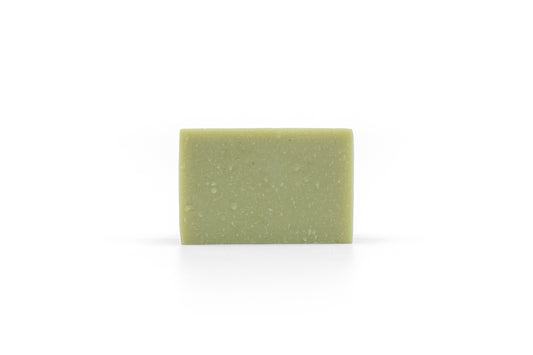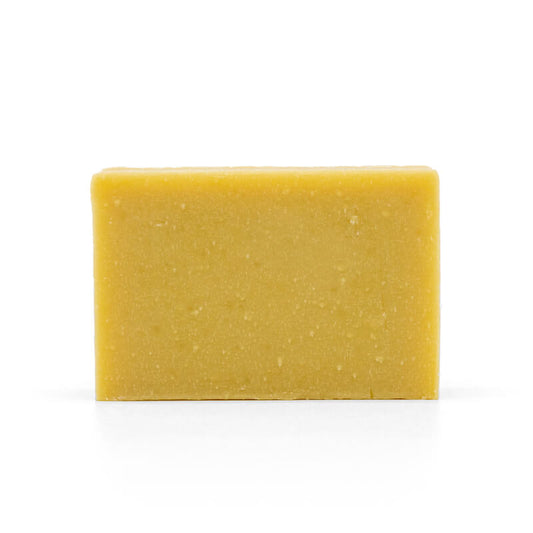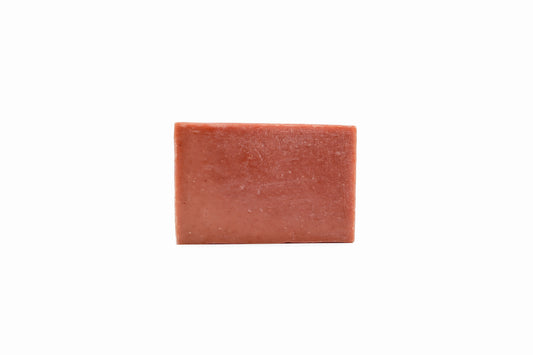Amber Essential Oil
 A well known product of the natural world, amber is both aesthetically beautiful and pleasing to the nose. This iconic form of tree resin blends perfectly with other woodland scents and has become a well loved part of Beaverton’s fragrance library, bringing sweet and aromatic pine notes to the smell of cold process soap bars.
A well known product of the natural world, amber is both aesthetically beautiful and pleasing to the nose. This iconic form of tree resin blends perfectly with other woodland scents and has become a well loved part of Beaverton’s fragrance library, bringing sweet and aromatic pine notes to the smell of cold process soap bars.

A nodule of raw amber in situ from Phu Quoc, Vietnam with a 14k gold ring featuring a polished amber gemstone ; Image: Gemological Insitute of America/Le Ngoc Nang
Amber itself is essentially a fossilized form of tree sap, valued primarily as an ornamental stone and resinous incense. Generally, the formation of amber has been attributed to ancient species of pine tree, and this probable origin comes across in its coniferous scent. The formation of amber takes place over millions of years, beginning when its progenitor trees exude sticky saps that get trapped in places where they remain undisturbed, such as beneath layers of fallen foliage on the forest floor or in riverbeds. Over time the resinous sap undergoes a process called polymerization, where it hardens and becomes rigid. This transformation is facilitated by the accumulation of additional sediment layers on top of the sap, which add physical pressure and keep out oxygen, thus preventing the sap’s decay. Gradually this material becomes a stable, semi-translucent substance known as amber. This remarkable process can also sometimes preserve ancient plant material, insects, and other small organisms within the amber making it a valuable window into prehistoric life, a feature most famously referenced by Steven Speilberg’s dinosaur blockbuster of the 1990’s. Amber's fossilized inclusions make it a significant tool for scientific study, with pieces containing high quality specimens fetching extremely high prices in the academic world.

A sample of amber from the Dominican featuring a well-preserved prehistoric dragonfly specimen ; Image: Getty Museum/D. Grimaldi/American Museum of Natural History
Amber has been cherished for its diverse uses throughout history. The ancient Greeks knew of amber and called it by the name “elektron”, which became the source of the English terms for electricity as amber was known in the ancient world to give off what is now understood to be a static charge when thoroughly rubbed. Its warm, golden hues and natural beauty also make it a popular choice for gemstone jewellery when fashioned into the appropriate shape, falling into a category known as “organic gemstones”. Beyond adornment, amber is valued for use in alternative medicine for its purported ability to ease pain and stress.

Jewellery made with Baltic amber gemstones, for sale in Gdańsk, Poland ; Image: NUVO Magazine/Tiffany Thornton
Essential oils made from amber are renowned for their rich, warm, and resinous aroma. Amber essential oil is complex in its chemical composition, with key constituents including spicy and woody beta-caryophyllene, earthy and herbal humulene, and sweet smelling farnesol. The nuanced scent profile of amber, which blends earthy, sweet, and slightly spicy notes, makes it a popular choice for creating luxurious and calming scented products. Its unique, timeless fragrance adds a touch of sophistication to perfumes, candles, and personal care products, with the handmade small batch soaps from Beaverton’s being no exception.

A page from Tractatus De lapidus, Ortus sanitatis by Jacob Meydenbach (1491) describing the formation of amber and its uses ; Image: Getty Museum/Boston Medical Library
Offering a sensory experience that connects to ancient traditions and natural cycles, amber brings its enticing aroma to washing and bathing experience. Together with other herbs and sweet spices, amber essential oil elevates Beaverton’s naturally derived soap bars with an alluring character that is sure to please the senses.







